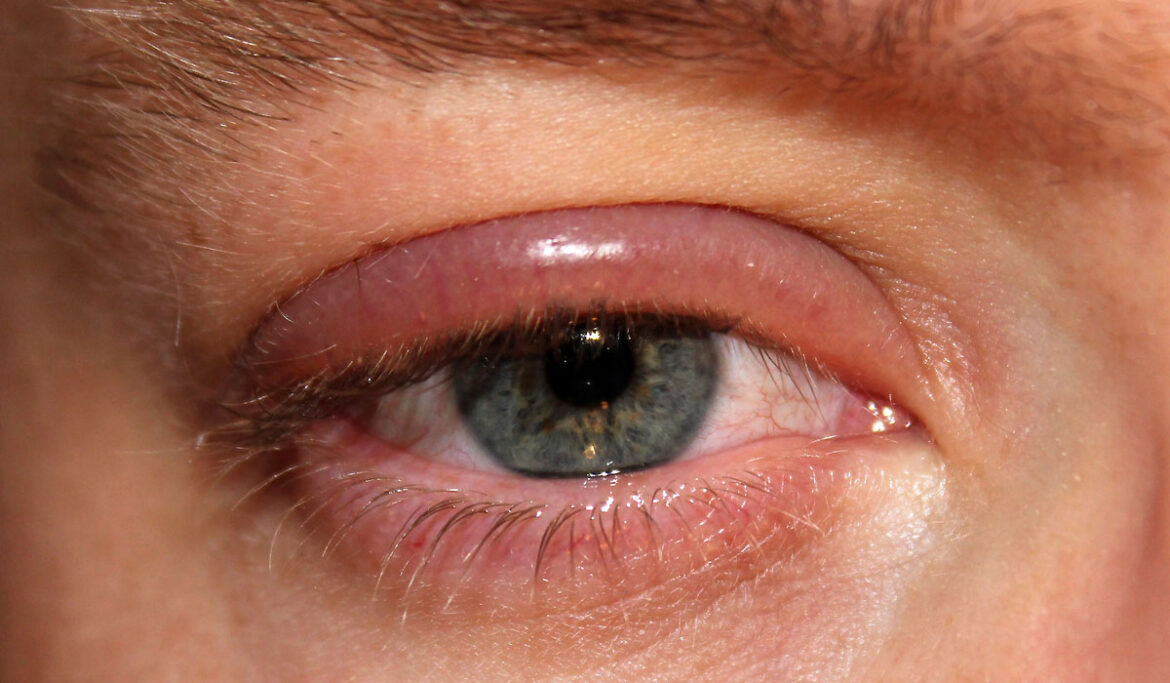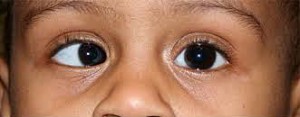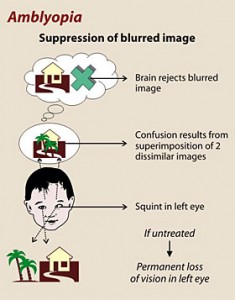Vision problems are very common these days that affect a large number of children. It has been seen that many parents often ignore their children’s vision problems. It has also been commonly noticed that some children are not attentive in their classes and also drop out early from the school. The only answer to this is undiagnosed vision problems that are contributing to their poor school performance. The learning abilities of a child can get seriously affected by impaired vision and this may also contribute into several behavior problems such as attention deficit disorder. Many children are even not aware about their condition and sometimes they assume that everyone is seeing in the same as they do. Early diagnosis can prevent a child from many vision problems.
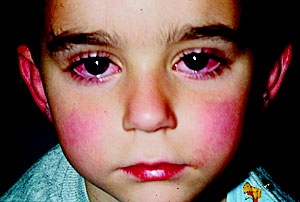
Vision problems in Children
A variety of eye diseases or disorders in children are completely different from adult eye diseases. Childhood tearing, also known as childhood epiphora, is a common condition in children that can be seen soon after birth. Eye drops and sac massage are some of the medical treatments of this condition and in some cases surgical probing of the drainage system is also needed. Ocular surface disease and pediatric glaucoma are some of the rare causes of childhood tearing. Cortical visual impairment is yet another severe condition that results in vision loss caused by the abnormality of the visual center in the brain. The eyes appear normal but it prevents normal vision of a child. Some of the common eye disorders include Strabismus, Congenital Cataracts, Amblyopia, Retinopathy of Prematurity and Stargardt’s Disease.
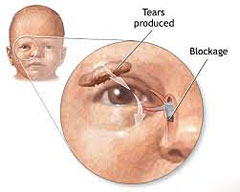
Childhood Epiphora
Strabismus, also referred to as turned eye or crossed eye, is the condition where the two eyes are not straight. This condition can occur in about 2-4% of the population. Strabismus can be categorized into three common types- Walleye or divergent eyes, crossed eyes and vertical strabismus. The condition of divergent eyes can occur either at the time of birth or it may also develop later. On the other hand, crossed eyes can develop within a few months of birth or at 2 years of age. Vertical strabismus is the last condition in which eyes of a child are out of alignment vertically. The main purpose of the treatment is to restore good binocular vision and good vision of both the eyes. Corrective glasses are used for treating those eyes which are out of focus. Special eye drops may also straighten the eyes.
A congenital cataract is the condition that distorts or blocks the image that otherwise reaches to the retina. This condition can develop shortly after birth. A cataract can result into immature visual system that is deprived of stimulation required for normal development. Permanent vision loss can occur if this condition is left untreated. A large cataract can cause visual development whereas small cataract may cause slight blurring of vision. The most effective surgical treatment involves the removal of cataractous lens. Further, vision correcting glasses or lenses can also be used.
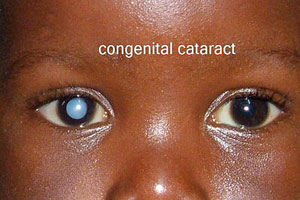
Congenital Cataract
A disorder where an eye cannot maintain parallel focus or cannot coordinate their alignment is known as Amblyopia. This disorder is normally seen in childhood and can also bring other conditions such as nerve degeneration or childhood cataracts. In the case of severe amblyopia, the treatment should be done before the age of 17 otherwise it may cause low vision or irreversible blindness in the affected eye. Vision can also be improved by wearing eye corrective glasses.
A disease of the retina that affects premature born babies is known as retinopathy of prematurity (ROP). The retinal vascularization is not complete in newborn babies causing an abnormal proliferation of increasing retinal blood vessels as there is less oxygen. These new abnormal blood vessels are prone to leakage and also are fragile. A significant damage is caused to the retina that also includes retinal detachment and the development of a scar tissue. Cryotherapy is used for preventing the spread of abnormal blood vessels. Photocoagulation (laser therapy) can also be used for preventing the advanced stage of ROP.
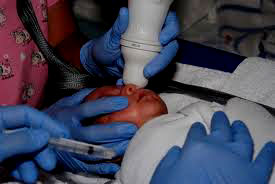
Retinopathy of Prematurity (ROP)
Stargardt’s disease is categorized with decreasing of the central vision while preserving the peripheral vision. This disease is considered as the common form of inherited juvenile macular degeneration. This disease can be diagnosed when there is a presence of yellow small spots on the outer covering of the retina. In some cases, Stargardt’s disease can even cause blindness. There is no as such treatment for this disease. The only treatment is to wear sunglasses or eyeglasses that can effectively block UV light rays.
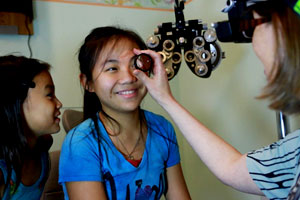
It is essential to follow some safety precautions for avoiding any damage to the healthy eyes. A child should be immediately taken to the optometrist in case of any undetected eye problem. The optometrist performs complete eye testing to examine the presence of any eye disease in a child. These tests provide a full diagnosis and the extent of the spread of the disease. Majority of eye conditions are not dangerous and does not causes blindness though it is essential to properly treat these conditions for avoiding any kind of complications.
